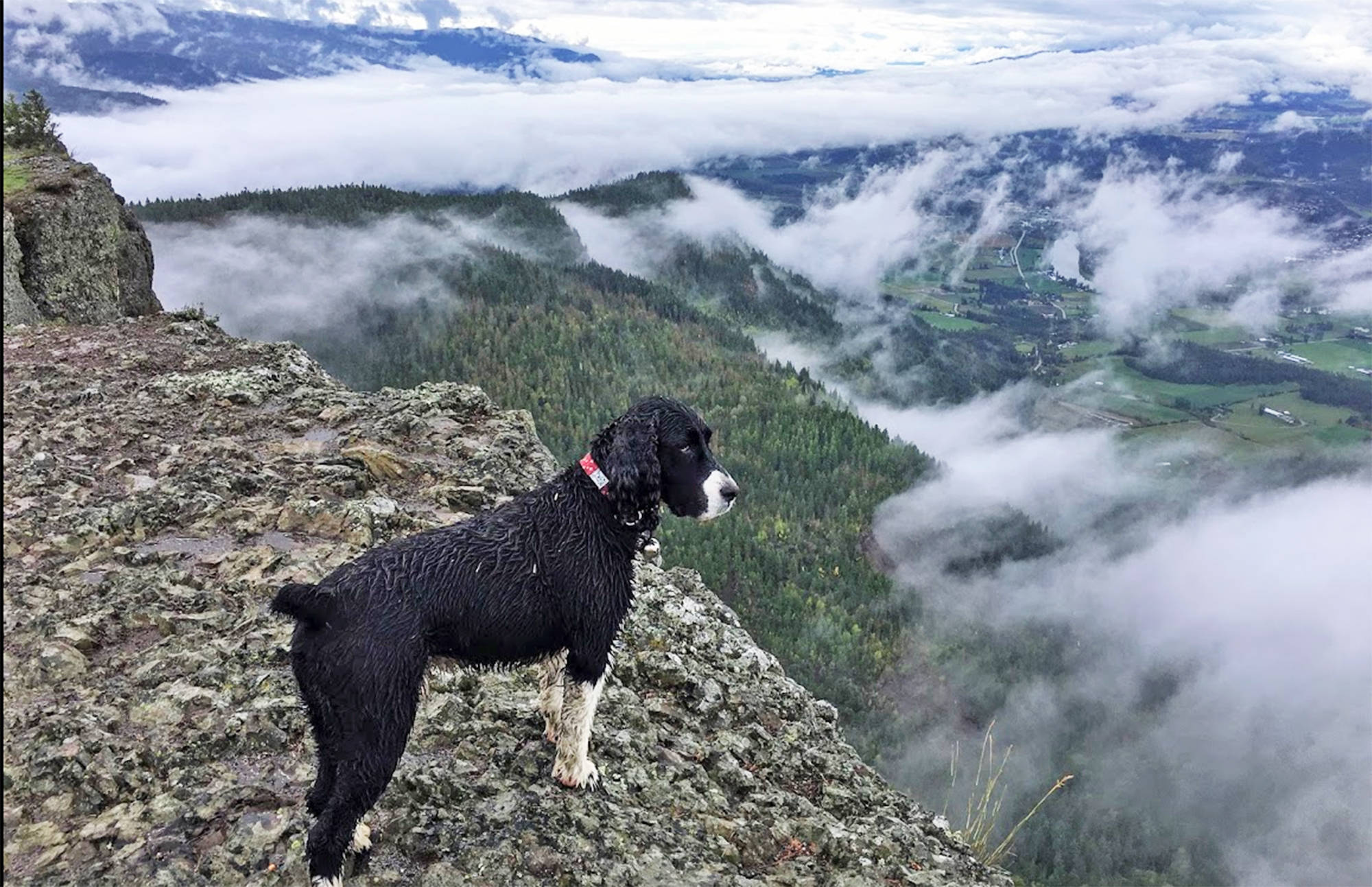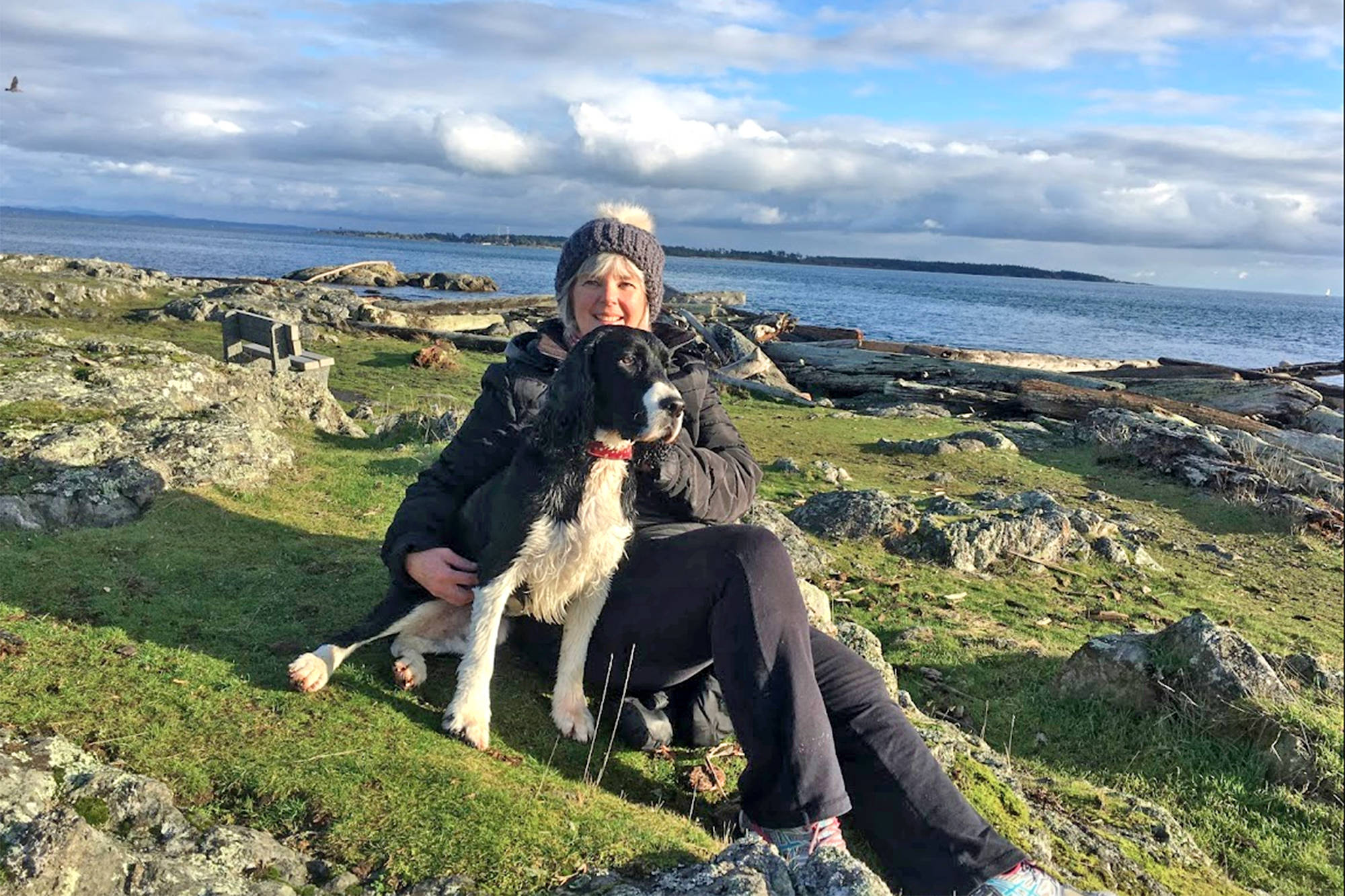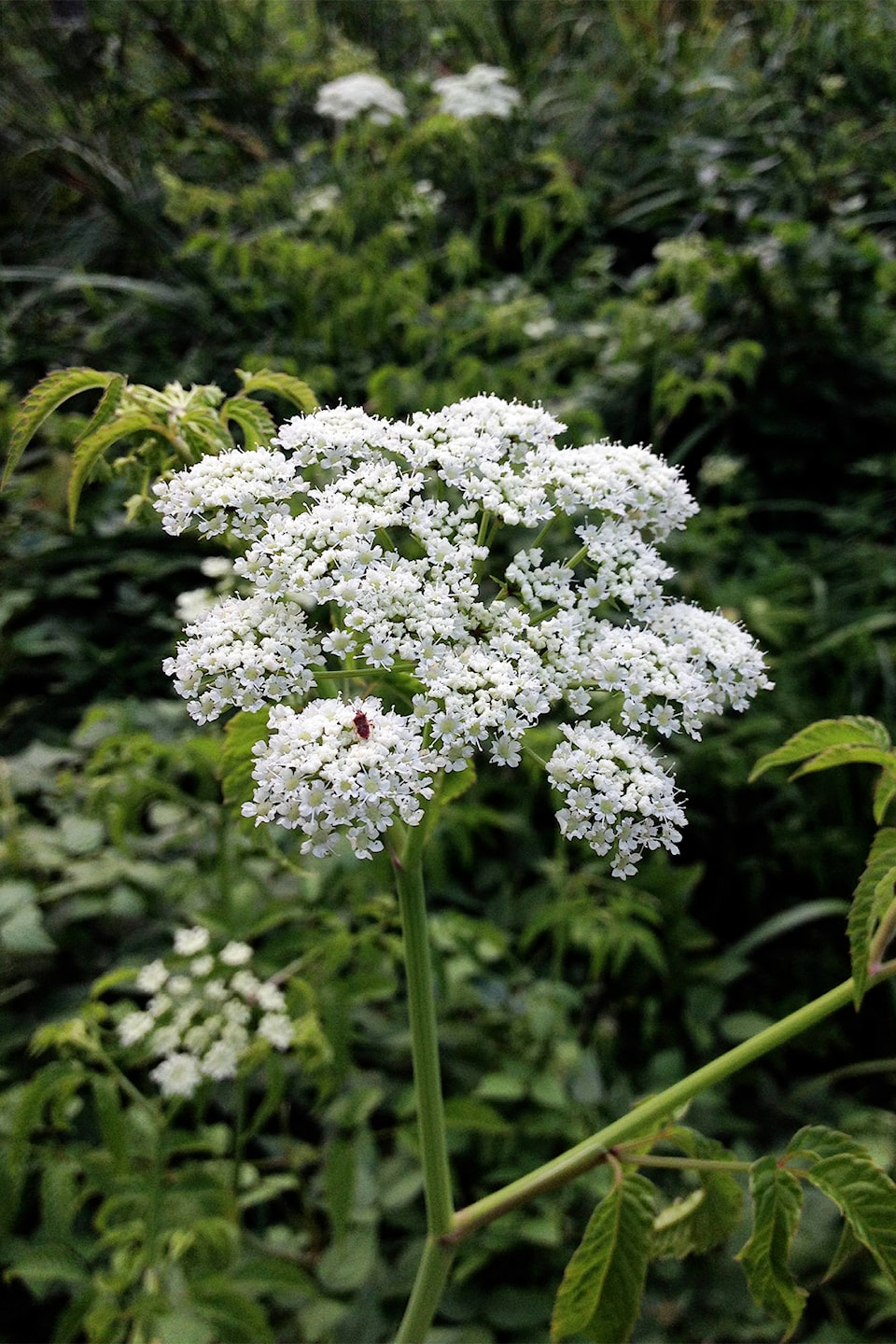Rob Marshall and his dog Cole were enjoying a Sunday hike in the Shuswap when all of a sudden the English Springer Spaniel became deathly ill.
Minutes later, Cole would collapse, go into convulsions and die.
The two had been hiking the 20-kilometre Reinecker Creek trail loop at Herald Provincial Park. The healthy, seven-year-old canine was off-leash, sticking near Marshall but checking things out along the way.
About two hours into the loop and nearing the top of the trail, Marshall said Cole began suffering bouts of diarrhea. The two took a break at a footbridge before carrying on to the east half of the trail. Marshall said he was about 50 yards from where they stopped when he realized Cole wasn’t with him. He looked back and saw the dog staring at him from where they’d just departed.
“I could tell something wasn’t right,” said Marshall. “I turned back and went towards him, and when I got near him, his head was hanging down and he had drool pouring out the sides of his mouth.”
The dog threw up and, at first, Marshall thought it might have been indigestion, “nothing serious – until he took a step towards me and he completely collapsed.”
Over the next 15 minutes, Cole would throw up a second time, then begin frothing at the mouth and twitching and convulsing, “and then everything went to a standstill.”
Marshall said he carried Cole back to a point along the trail (an old forestry road) where he could drive in and retrieve dog.
While the cause of death has not yet been determined, Rob and wife Nicole say Cole had a habit of grazing on grass, and they believe their dog died from ingesting water hemlock, a poisonous plant that grows in the Shuswap.
@SalmonArm
newsroom@saobserver.net
Like us on Facebook and follow us on Twitter
Read more: Pretty but potentially deadly
Read more: Toxic plant crops up in Salmon Arm
Read more: Poison lurks beneath the petals of some Shuswap plants
The morning after the hike, the Marshalls took Cole’s body to their veterinarian and asked if a necropsy could be performed. They were informed that there were only certain things that could be tested for. What they did learn was that Cole had been a healthy animal with no notable issues - no signs of trauma or heart disease or tumours.
Marshall says he didn’t know about water hemlock, let alone consider it a cause, until he brought it up with members of the Shuswap Trail Alliance, for which he is a board member.
“Two different people mentioned this water hemlock plant, that it’s very toxic,” said Rob, who began researching the plant and learned it is very common in B.C., particularly in marshy areas and along water courses, “which describes the area I was hiking in.”
The Marshall’s also found symptoms related to consuming water hemlock in line with what Cole suffered.
Though they wait for tests to come back, the Marshall’s aren’t expecting a definitive answer. But knowing what they do now, as they grieve the loss of their beloved pet and hiking buddy, they wish to get the word out about water hemlock and other poisonous plants, urging caution when out exploring the region.
“I think maybe on our local trail maps, it might not be a bad idea to identify some of these very dangerous plants that are out there, just show what they look like and be careful or be cautious out there when hiking or walking along certain areas of the trails,” offered Rob.
@SalmonArm
newsroom@saobserver.net
Like us on Facebook and follow us on Twitter


